It’s springtime and that means cleavers herb (aka goose grass) is growing all over near my home. Not only is cleavers herb easy to forage, it is also has many health benefits and uses. Here’s what you need to know about cleavers herb to make the most of it.
What Is Cleavers Herb?
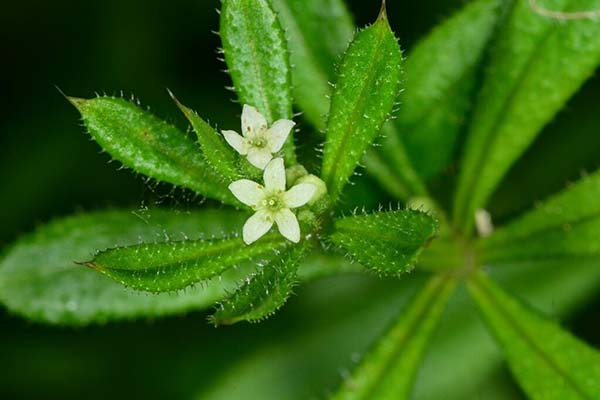
The Latin name for cleavers herb is Galium Aparine. It is a climbing plant found throughout much of the United States, Europe, Western Asia, and Australia. The plant grows easily and is sometimes considered a weed. Because geese like to eat it, cleavers is often called goose grass.
Identifying Cleavers Herb
Cleavers is easy to identify because of its leaves which grow in whorls (circles or star-like patterns) around the stalk. Each whorl contains 6 to 8 leaves and there is a gap between each whorl on the stalk. Cleavers also has tiny hairs on the stalk and leaves which make it sticky. In spring or early summer, tiny white flowers with four petals emerge at the same place as the whorls. The flowers then form tiny fruits which have burrs that allow them to stick to animal fur.
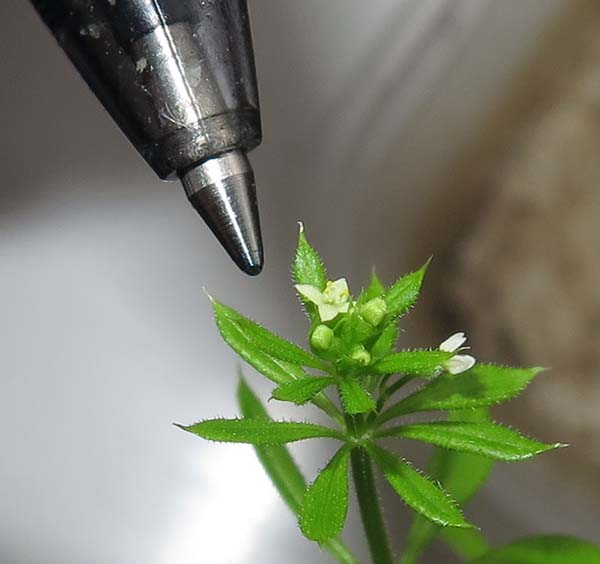
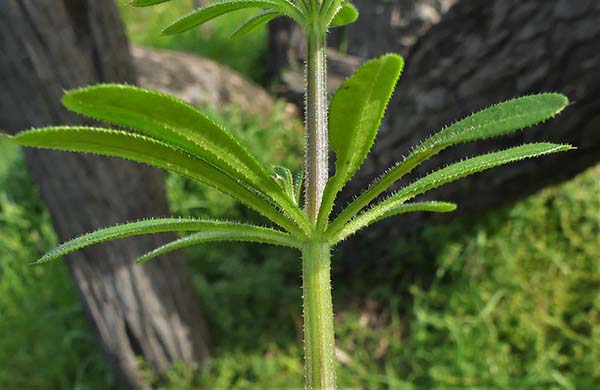
Cleavers Lookalikes
Because cleavers is so distinct-looking, you aren’t likely to misidentify it. However, some other members of the Galium genus do look similar. Luckily, most of these are also edible. Just watch out for Galium odoratum (woodruff); while it is considered edible, it is also toxic in very large quantities.
Is Cleavers Herb Edible?
All parts of cleavers plants are edible. The leaves and stalks have a mild, slightly grassy taste. The hairs and stems get tougher as the plant ages, so it’s best to forage the plant when it is very young. Even when young, the sticky hairs on cleavers can make it unpleasant to eat raw; it’s better boiled or sauted. If you want to consume raw cleavers, chop it very small (which will soften the hairs). It can also be juiced. Another option is to drink dried cleavers as tea.
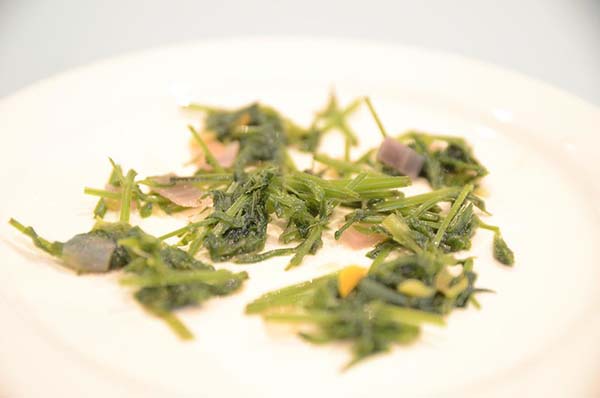
Cleavers is a member of the coffee family. Its seeds can be roasted to make a coffee alternative which only contains a small amount of caffeine. However, it takes a lot of work to harvest enough cleavers seeds to brew coffee, so generally isn’t considered worth the effort.
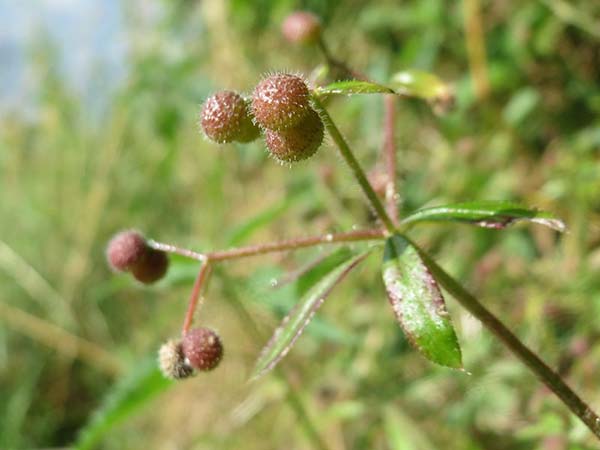
Cleavers Medicinal Benefits
Cleavers contains compounds like phenols, flavonoids and iridoids anwhich have health benefits. The plant has long been used medicinally and there are numerous studies which back up its health benefits. Below are the main medicinal benefits of cleavers, actually backed by science.
Recommended: Eclectic Cleavers Tincture
1. Anti-inflammatory
In one study, cleavers extract decreased interleukin expression, a type of cytokine which causes inflammation. Other studies found that cleavers contain iridoids and chlorogenic acid derivatives, both of which reduce inflammation.
The anti-inflammatory benefits of cleavers mean it could be useful in treating arthritis, psoriasis, and the many other diseases like to inflammation. (1, 2, 3, 4)
2. Antioxidants
Cleavers plant is particularly rich in phenolic and flavonoid antioxidants. (5) The antioxidants in cleavers are able to scavenge free radicals, meaning that the plant can boost health and fight signs of aging. One study concluded that cleavers plant could be used for “the production of novel antidote commencing the plant against various diseases.”
3. Lymphatic Health
The lymph system has multiple important functions in the body, particularly for the immune system. It releases white blood cells into the body to fight infection. Lymph fluid also collects the body’s “trash” such as dead bacteria cells and toxic material. The trash is taken to lymph nodes before being filtered out of the body. A poorly-functioning lymph system can result in infections, swelling and fatigue.
One of the main medicinal benefits of cleavers is supporting the lymph system. It helps balance fluids, which is import for lymph function. Cleavers is also a strong immunomodulator and boosts lymphocytes. One study found lymph function greatly improved in broiler chickens when their feed was supplemented with cleavers seeds (6, 7).
4. Cancer
While more research is needed, some studies show that cleavers plant kills cancer cells (cytotoxic and apoptotic) without harming healthy cells. These benefits were found in breast cancer, colon cancer, and some other types of cancer. (8, 9)
5. Skin Health
Cleavers extract has long been used as a treatment for skin infections, wounds, and conditions like psoriasis. One study looked into the immunostimulatory and antioxidant-scavenging abilities of cleavers and found that the results justify cleavers use for skin health. (10) Because it reduces inflammation and regulates the immune system, cleavers is a good natural remedy for psoriasis. To treat psoriasis, you can take the plant internally or apply it directly to the skin. (11) This cream, for example, contains cleavers.
How to Use Cleavers Medicinally
The best way to use cleavers herb medicinally is as an alcohol extract (also called a tincture). The beneficial compounds easily dissolve into alcohol and the alcohol preserves them. Cleavers tea has health benefits but you’ll need much more to get the same benefits as you’d get from a tincture. (12, 13) It’s also possible to get health benefits from eating cleavers, but cooking destroys many healthy compounds. Since the sticky hairs make cleavers hard to eat raw, juicing is a better option.
Recommended:
Lymph Tea Blend
(with cleavers, Ginger, Peppermint, Calendula, and Echinacea Leaf
To make cleavers tincture:
- Gather cleavers herb.
- Chop the herb. The smaller you chop it, the more herb will fit in the jar and the stronger your tincture will be.
- Put the chopped cleavers into a clean jar. Don’t fill more than ¾ of the way.
- Cover the cleavers with vodka or everclear alcohol. Make sure the alcohol level is at least 2 inches above the plant matter.
- Put a piece of parchment paper over the top of the jar and then put the lid on.
- Let the tincture sit. Give it an occasional shake and add more alcohol if the cleavers becomes exposed.
- After about 2 months, strain out the plant matter. Collect the liquid – this is your tincture.
*You can also use dried cleavers to make a tincture. Just don’t fill the jar more than halfway so the dried plant has room to expand.
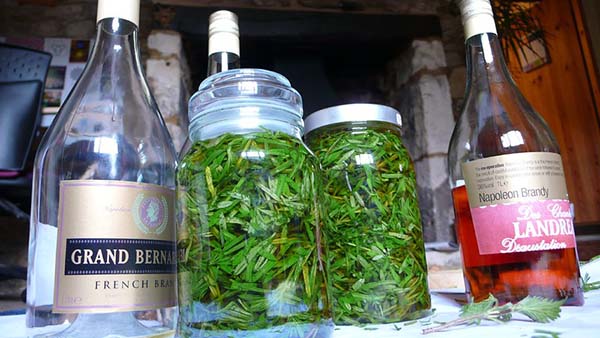
To make cleavers juice:
- Gather fresh cleavers plant. Rinse off any dirt.
- Put the cleavers in a blender with just enough water to get it going. Blend into a slurry.
- Alternatively, chop up the cleavers very small or mash it in a mortar.
- Strain the cleavers slurry/mash through cheesecloth. Squeeze the cloth to get all the juice out.
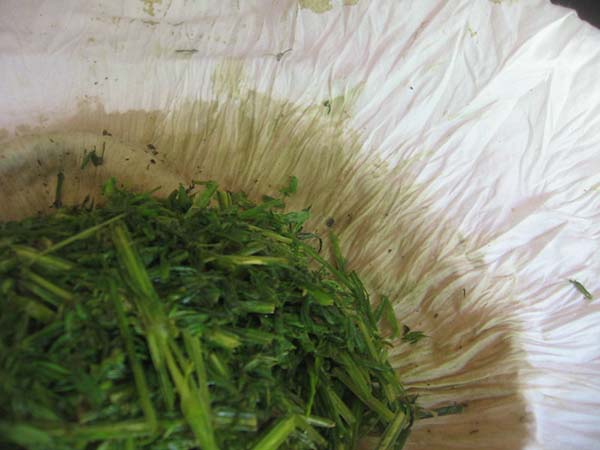
What’s your favorite way to use cleavers? Let us know in the comments section below.

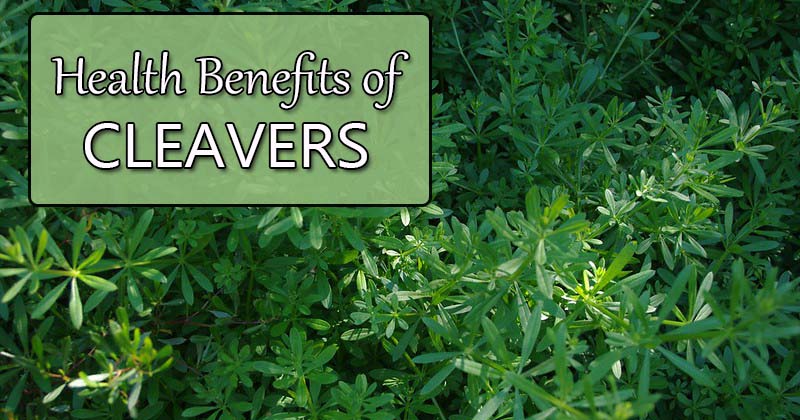





Could I use vegetable glycerin instead of alcohol for a tincture like I do with mullien and vanilla? What about in oil to use topically?
You can use glycerin instead of alcohol. The problem is that alcohol does a better job of extracting certain compounds. If you use glycerin, then you will be missing some compounds and it won’t be as potent. (Mullein is an exception because the mucilage in it is better extracted with glcyerin than with alcohol).
If you hate the taste of alcohol extracts, you can do a mixture of alcohol and glycerin. That will give you the best of both worlds.